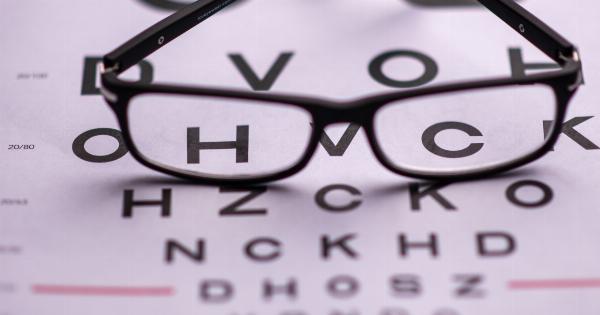Venyitis is a condition in which the veins in your body become inflamed. This can happen in any part of your body, but it most commonly affects your legs.
Venyitis can cause discomfort and pain, and in severe cases, it can lead to serious complications like blood clots. In this article, we’ll explore the symptoms and treatment options for venyitis.
What are the Symptoms of Venyitis?
The symptoms of venyitis can vary depending on the severity of the inflammation and the location of the affected veins. Here are some of the most common symptoms:.
- Pain or tenderness in the affected area
- Swelling, redness, or warmth in the affected area
- Aching or cramping pain
- Skin discoloration, particularly around the affected vein
- Burning or itching sensation
In severe cases, you may also experience:.
- Fever
- Chills
- Shortness of breath
- Chest pain
What Causes Venyitis?
There are several factors that can increase your risk of developing venyitis, including:.
- Gravity pulling blood down toward the legs
- Standing or sitting for long periods of time
- Being overweight or obese
- Pregnancy
- Smoking
- Family history of venyitis or blood clots
In some cases, venyitis can occur without any clear cause. This is known as idiopathic venyitis.
How is Venyitis Diagnosed?
If you are experiencing symptoms of venyitis, your doctor will likely perform a physical exam to look for signs of inflammation and swelling. They may also order imaging tests like an ultrasound or an MRI to get a closer look at the affected veins.
What are the Treatment Options for Venyitis?
The treatment for venyitis depends on the severity of the condition and the location of the affected veins. Here are some common treatment options:.
Over-the-Counter Pain Relievers
If your symptoms are mild, you can try taking over-the-counter pain relievers like ibuprofen or acetaminophen to help alleviate your discomfort.
Compression Stockings
Compression stockings are designed to put pressure on your legs and help improve blood flow. They can be especially helpful if your venyitis is caused by standing or sitting for long periods of time.
Blood Thinners
If you have a blood clot, your doctor may prescribe blood thinners to help prevent it from getting bigger and to keep new clots from forming.
Surgical Procedures
In severe cases, your doctor may recommend a surgical procedure like vein stripping or ablation therapy.
Preventing Venyitis
Preventing venyitis is all about reducing your risk factors. Here are some things you can do:.
- Avoid sitting or standing for long periods of time
- Exercise regularly to improve blood flow
- Maintain a healthy weight
- Avoid smoking
- Take breaks to stretch and move around if you have a job that requires long periods of sitting or standing
Conclusion
Venyitis is a condition that can cause discomfort and pain, and in severe cases, it can lead to serious complications like blood clots. If you’re experiencing symptoms of venyitis, it’s important to see your doctor.
They can help you determine the best course of treatment and provide guidance on how to prevent future flare-ups.






























